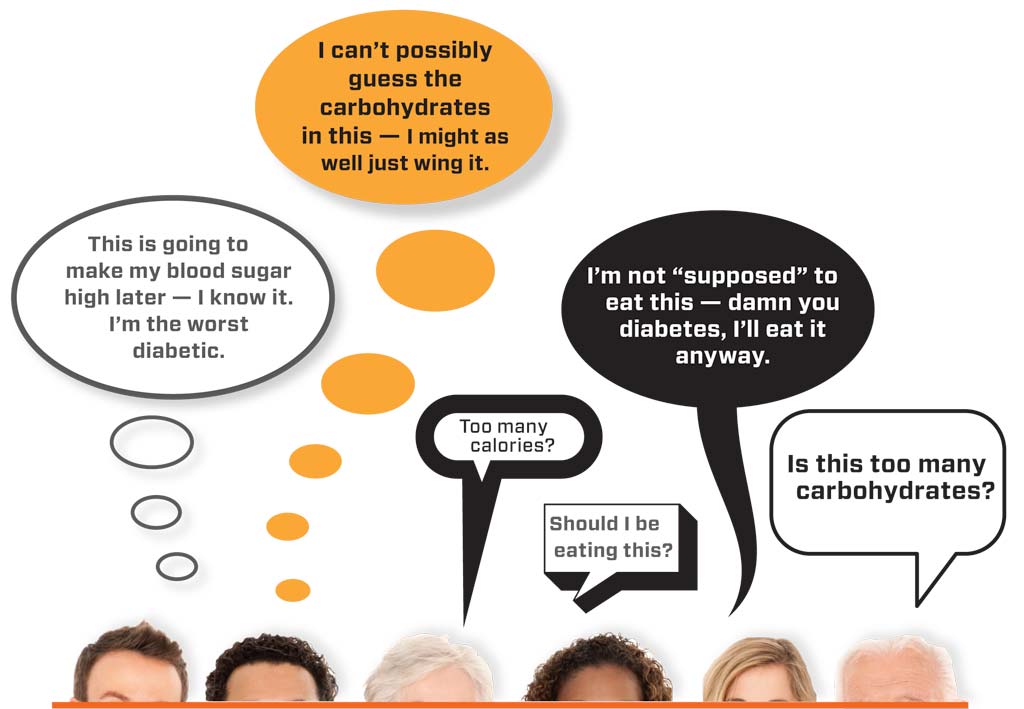Big Picture Priority — Reduce your Risk of Cardiovascular Disease
Cardiovascular disease is the number one killer of T1D adults — Here are 5 actions to take care of your heart to lower your risk

As a diabetic, you make a thousand tiny decisions every day in the name of maintaining healthy, stable blood sugars. But, if you are an adult who has lived more than 20 years with this condition, it might be time to implement some bigger picture ideas into those daily decisions.
That’s because the number one killer of adults with diabetes is not hypoglycemia or DKA or any of the other acute complications associated with the condition.
The most dangerous complication, by far, is cardiovascular disease (CVD).
Coronary heart disease, peripheral artery disease, and other forms of CVD account for 44% of deaths in people with T1D. And compared to the average person, diabetics are much more likely to experience CVD earlier in life, especially if they have had T1D since childhood. Women with diabetes are especially affected by heart disease, while certain minorities also see higher than normal occurrences.
Luckily, there are steps you can take to reduce your risk. And the sooner you implement these changes into your life, the better your odds of avoiding heart-related complications as well as many other long term complications associated with T1D.
Lower Your A1C
The first recommendation is one that shouldn’t come as a surprise. We know from countless studies that lowering your A1C is the easiest way to avoid the long-term complications of type 1 diabetes.
The data surrounding CVD and A1C, specifically, is striking.
Studies have shown that an increase in A1C of just 1% correlates with a 52% increased risk of CV mortality. That means, by lowering your A1C from 8.0% to 7.0% you can cut your risk of cardiovascular disease in half.
Unfortunately, recent data suggests that only about 20% of adults with T1D achieve the recommended A1C level set out by the ADA. It’s no wonder so many older diabetics struggle with the debilitating effects of cardiovascular illness.
If your A1C is not what it should be, consider taking steps to achieve better blood sugar control. If you have already tried the traditional methods and had no luck, it may be time to look into something new. Studies have shown that CGMs can be a powerful tool in reducing A1Cs, as can closed-loop pump systems. There are even some oral medications that show promise to help achieve better blood sugar control.
If you’ve considered any of these options but haven’t gotten around to talking to your doctor about them, now is the time. CVD can strike much earlier in diabetics than it typically does in the general population. Your A1C today may have a huge impact on if and when CV complications find you.
Balance Your Diet
Eating to control your blood sugar often means bypassing carbs and loading up on protein and fat. While this technique may work for short term health, studies have shown that it may not be the most effective approach to preventing CVD.
As a whole, T1Ds consume more fat and less fiber than the rest of the population. Since fiber is key to maintaining a healthy weight, reducing overeating, and lowering cholesterol levels, it is an especially important food for diabetics. And just like fat, it tends to help flatten out blood sugar spikes after meals.
If you currently rely on fat to help control your BG, it might be time to try adding more fiber instead. Healthy fats, like those from avocados and nuts, provide much-needed energy for your body and are considered heart-healthy. But saturated fats have a negative impact on blood pressure and blood lipid levels. For diabetics, who are already at increased risk of the same complications caused by these factors, a lower-fat diet is a must for long-term health.
Decreasing fat consumption and increasing the amount of fruit and veggies included in your diet may mean you need more insulin to control your blood sugars initially. But, over time, these lower-calorie, heart-healthy foods are more likely to promote weight loss and help you achieve a lower BMI. This, in turn, will lead to an increase in insulin sensitivity, meaning you will be able to decrease your dose while still maintaining optimal BG levels.
Take Your Labs Seriously
Cholesterol, blood lipids, and blood pressure are all indicators of CVD risk, whether you are diabetic or not. But for those of us with T1D, paying attention to these numbers earlier on can give us time to make changes to reduce our risk of cardiovascular issues.
Higher than normal levels of triglycerides and cholesterol have been shown to increase CV risk in diabetics. In addition to cutting down on unhealthy fats, there is some evidence that changing to a fully vegetarian diet can help correct lipid levels.
Blood pressure is another measurement that is likely to be positively affected by a switch to a vegetarian diet and is another marker that all diabetics should take seriously. There is no question about the correlation between high blood pressure and the risk of heart attack and other CVDs. If caught early, changes to lifestyle, diet, and exercise can be enough to normalize blood pressure and reduce this risk.
Get Active
Exercise is the one factor that plays into both blood sugar control and heart health.
Unfortunately, there is evidence that a significant percentage of people with T1D fall into the category of physically inactive.
While the excuses for skipping the gym are endless, the reasons for going are straight forward. Not only can increasing physical activity and muscle mass decrease insulin needs but working out is one of the easiest ways to keep your heart healthy and your weight under control.
If you are one of the majority of diabetics who could stand to increase your physical exercise, you should start sooner rather than later. CVD risk increases with each year that you have diabetes and is more likely to present earlier in life in long-term diabetics. Once you have the symptoms of CVD, exercising will be that much more difficult and the positive effects of it may be less pronounced or even negated.
Drop Unhealthy Heart Habits
You may want to consider looking at your habits as step one when it comes to integrating some of these heart-healthy, big-picture ideas into your daily decision making.
Smoking, without a doubt, is one of the worst things for heart health.
Combine the effects of smoking with the effects of chronic high blood sugar, and you are almost guaranteeing you will suffer from CVD.
Eating processed foods, going overboard on the salt, and stressing too much are also habits worth kicking to the curb.
You already do a lot to manage your diabetes, but if you aren’t taking care of your heart, you will never outrun the deadliest complication of this condition. The above steps are a lot to take on all at once so consider implementing change at a rate that won’t overwhelm you.
You can’t control how your body reacts to the destructive forces of elevated blood sugars, but you can control what you eat and what you do to increase your odds of a healthier future.







